Watch the Video
A retrospective from Etch-a-sketch up to Paintbrush for Windows 3.1.. a look at how we started with one and ended up with the latter.
Featured: Deluxe Paint 3 (Amiga), Tyco Magic Copier, Mario Paint (SNES), The Image System (C64), Lights Alive (Tomy), vTech Video Painter and of course, the etch-a-sketch.
Painting! Everyone loves painting! All those colours, all those material and tool choices! Brushes! Kitchen roll! Sponges! Hands! It’s great right?!…. Oh nerd… what have you done?…. Imagine this… a world of painting, but with absolutely zero mess. A world of painting that could draw the attention of every member of your household, as they were forced to watch you trying to draw a circle with a joystick rather than enjoying their favourite TV programme. A chance to have your works of art on television, just like you were on Art Attack or Heartbeat! Like actually being famous! You could be an artistic superstar!
But, before we get too carried away, let’s trace the roots of this digital painting phenomenon. Let’s go back…. wayyyy back.. to the world of…
Etch-a-Sketch!
Launched way back in 1960 believe it or not by the Ohio Art Company. It was most children’s first foray into combining artistic skills with the medium of a screen. Due to the nature of the control mechanism, sketches on this etching devise were always very blocky and unwieldy in nature, unless you were a true pro, but let’s face it, we probably weren’t (and if you were, you had too much time on our hands).
The device is controlled by twisting two knobs (snigger) located in the lower corners. This moved a stylus, which in turn displaced aluminium powder on the back of the screen and thus leaving a solid line. This type of drawing is referred to as lineographic.
The tablet remains popular even today, showing that simple ideas often prevail throughout history.
Taking a giant leap forward into the 80’s we arrive at another type of drawing device…
Tyco Photocopier
The Tyco magic copier is a twist on all those familiar magic drawing pads, where pressure is applied using a dummy pen to a sheet, which then sticks to the surface underneath, rendering your work of art in it’s magical glory.
The difference with the Tyco magic copier is firstly, that is looks like a photocopier, and secondly, it can translate your creations onto paper, just like a REAL photocopier. Simply slide some paper into the “machine”, insert some carbon paper, close the lid and get drawing.
If your Tyco Photocopier is of the fully functional variety, then subsequently pressing the “COPY” button will emit your work of art out of the side, just like in Daddy’s office. If however, your Tyco copier is 26 years old and suffering from rubber perishment, then you may have to give it a “helping hand” to get it on it’s way.
Lights Alive
Now, this could easily be seen as a more primitive writing tool than the Etch-a-Sketch. After all, in technical terms we’re moving from vector imagery to pixels. Your canvas is restricted by pre-placed lights providing a resolution of. But then they do frickin’ light up! Woah!
Manufactured by Tomy in 1984, the pad came with a variety of tools to aid your creative imagery and frankly, whatever you drew, it looked great in the dark, especially with it’s spinning light show.
Day time drawing, was a little less enthralling, especially given that your limited canvas size doesn’t provide the greatest amount of creative room.
If we take a well deserved sidestep at this time into the world of home computing, we find ourselves playing with…
The Sinclair Spectrum Lightpen
Produced by dk’tronics in 1983. The Light pen is a hardware expansion for the Speccy, plugging into the expansion bus on the rear of the machine. Used in conjunction with accompanying software, it allows you to draw directly on the Spectrum’s screen (although as with light guns, it requires an old style CRT to function).
This was a huge leap from bastardising your joystick as an appropriate input device. Now you could actually do art like you could in the real world, but have it on your television… crazy stuff, especially in 1983!
This was esentially, touch screen functionality, on your Granny’s old CRT… but you had to be prepared for considerable crashing and restarts to make any sort of progress.
Next up, is a childrens favourite which I always wanted, but never got. UNTIL NOW!…
The Vtech Video Painter
I still had my Spectrum when this amazing drawing system started appearing in the back pages of Great Universal, Index and Argos catalogues during the early 90s, and frankly for me, this is when drawing on your TV started to get serious. Deadly serious.
This cool little toy plugged directly into your television and allowed you to draw directly onto it’s tablet surface. This was then translated directly onto your television! Amazing! Although drawing tablets were already available for PCs at this stage, nothing like this had been accessible for kids in the past.
Vtech changed all that, and truely allowed you to hog the TV….after all, you were trying to improve your artistic skill; vital for school.
Along with a variety of background scenes, one of which appears to show the future of the Twin Towers, you also get a couple of mini games and creative tools to aid with your works of art.
The Image System
When I finally got hold of a Commodore 64, it was the Terminator 2 bundle pack, which happened to come with a cartridge also containing the Modern Music Maker and a little painting tool called The Image System.
The Image System was frankly crap. One of the main reasons for this was the limited palette functionality and convoluted user experience, which prevented the display of several colours at once on the canvas. Instead you had to view the colours through this strange view-finder.
Another problem was that most C64 users lacked a mouse, and therefore drawing with the Joystick was akin to stabbing your eyes out with a rusty tent peg.
Deluxe Paint
This, for me was the standout art package of the 16 bit era. The eqyptian death mask in all it’s gold coloured glory will forever be etched in my mind as a thing of unbelievable beauty. My 12 year old mind could barely conceive that a graphic that looked so life like could come out of an art package. But that’s exactly where it came from, and this alone lead me to playing with Deluxe paint for many months, albeit producing nothing even vaguley on par with the quality of the demonstration images.
By this point, the concept of drawing on your telly was becoming so mainstream that even the consoles got in on the act!
Mario Paint
Was Nintendo’s foray in the area for the Super Nintendo. Shipping in a larger than normal box, the package included a mouse, a mouse mat and of course the catridge to knit all these components together.
Being a Nintendo product, and concept of “fun” was built into the software as standard, featuring a variety of things to do such as;
Fly swatting
Music creation, with rather questionable sound effects
and animation
It opened the world of painting for the 90’s console generation. Even the Mega Drive got it’s own paint package, although it’s hard to come by and frankly a little obscure.
Microsoft Paint
It would be foolish and immensely time consuming to list every paint package I remember here, so I’ll finish with Microsoft Paint, the paint program shipped as standard with Windows 3.1 in this instance. As PCs started to encroach on households, the paint programme was now becoming a standard part of most households, and although MS Paint was a very simple affair, it still allowed countless school children to design and print out bizarre looking creations for both homework and personal purposes.
Christmas card anyone?
Nowdays, children can draw on their touch screen tablets, or use pencil like control on wacom devices, allowing a whole different ball park of digital drawing and artistic expression. The excitement of being able to draw on a screen seems to have sadly dwindled, but it will forever remain something that excites and inspires my mind even to this day.

Nostalgia Nerd is also known by the name Peter Leigh. They routinely make YouTube videos and then publish the scripts to those videos here. You can follow Nostalgia Nerd using the social links below.
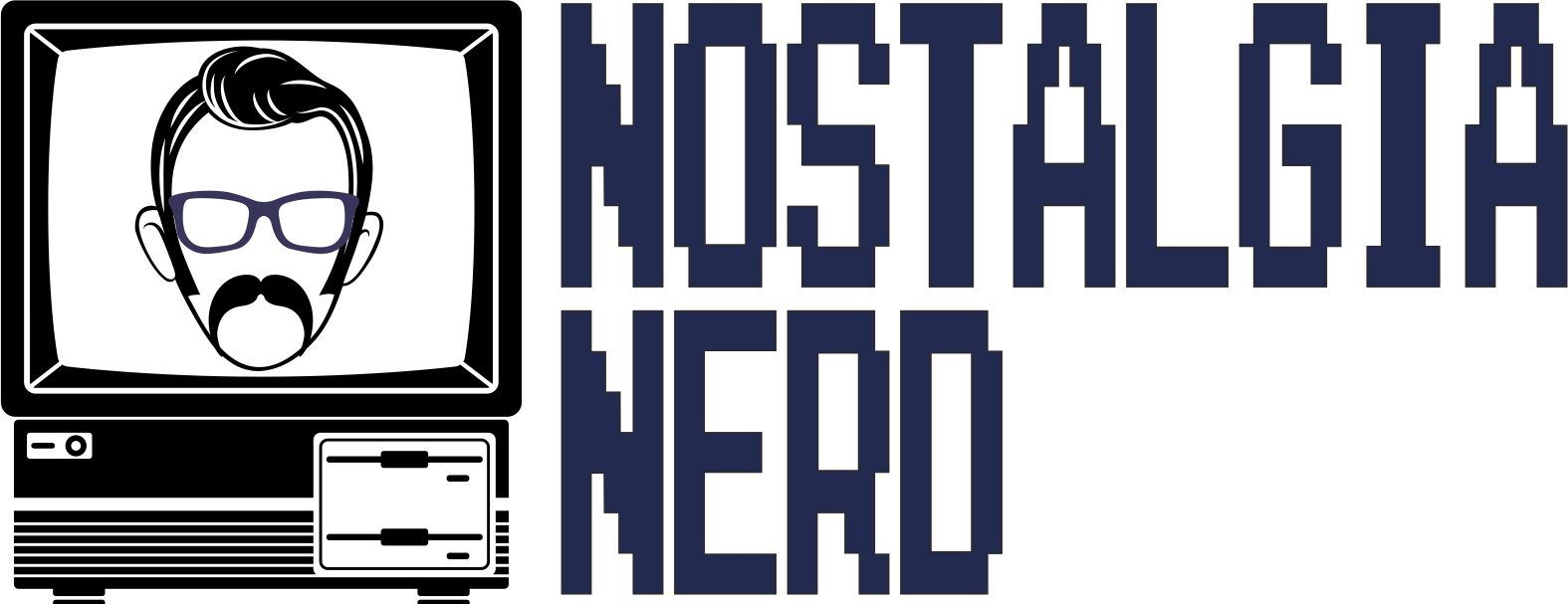
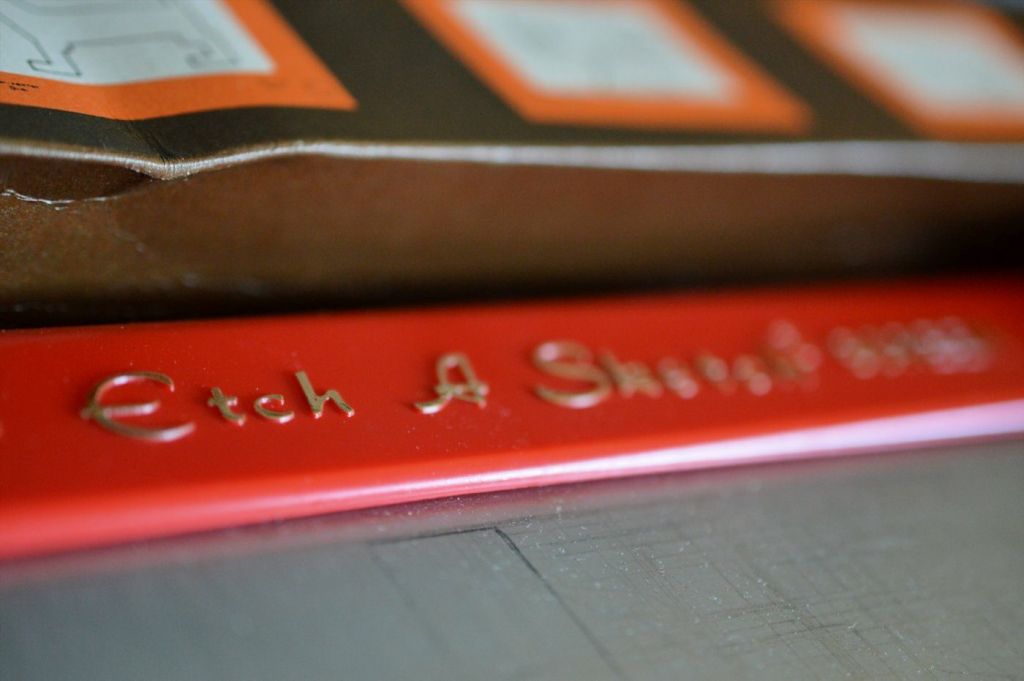

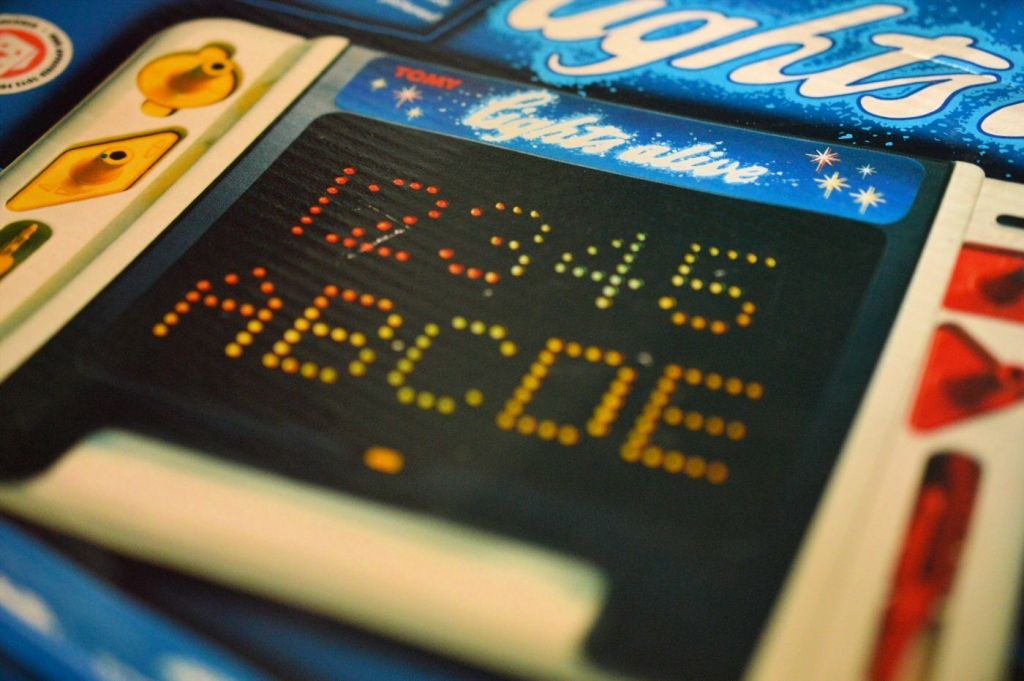
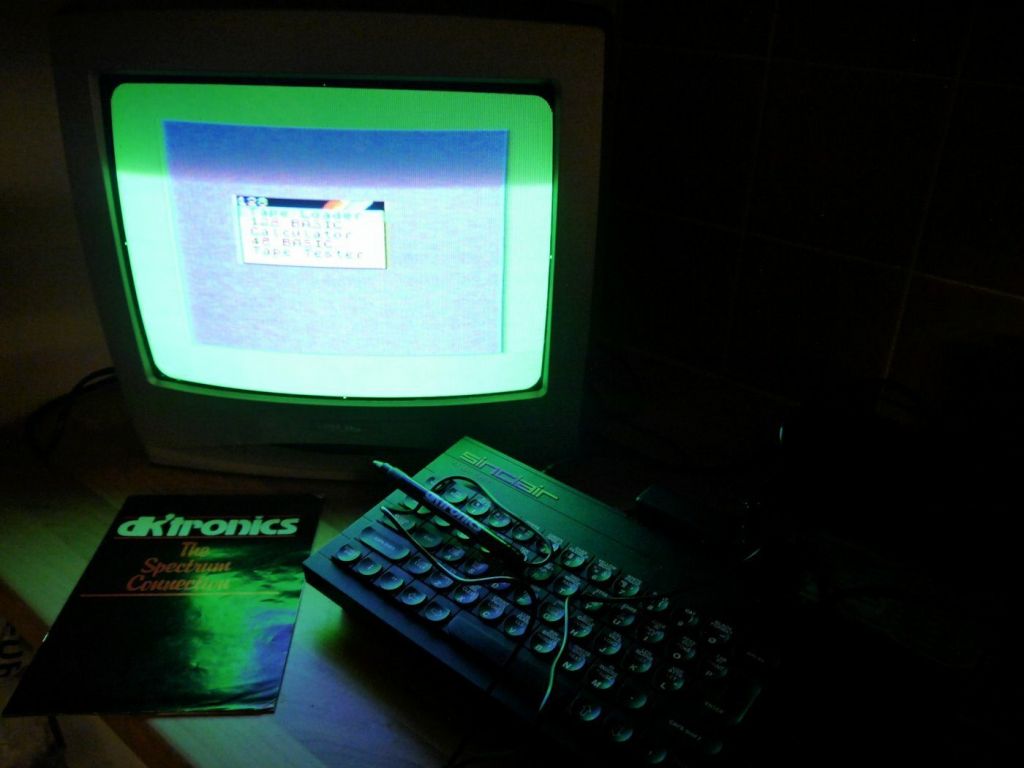
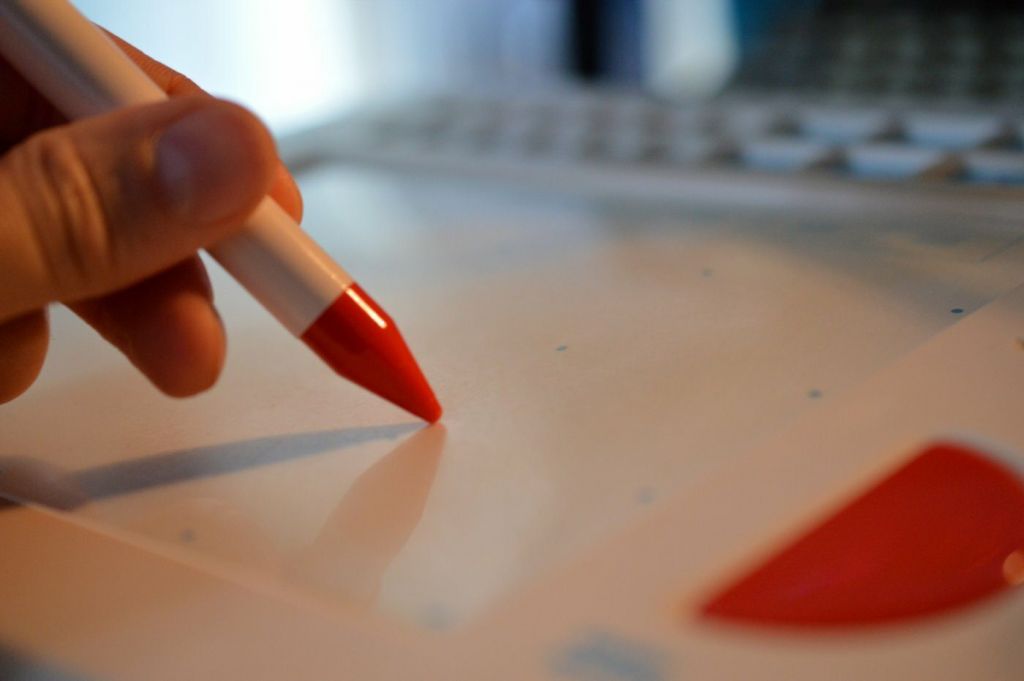
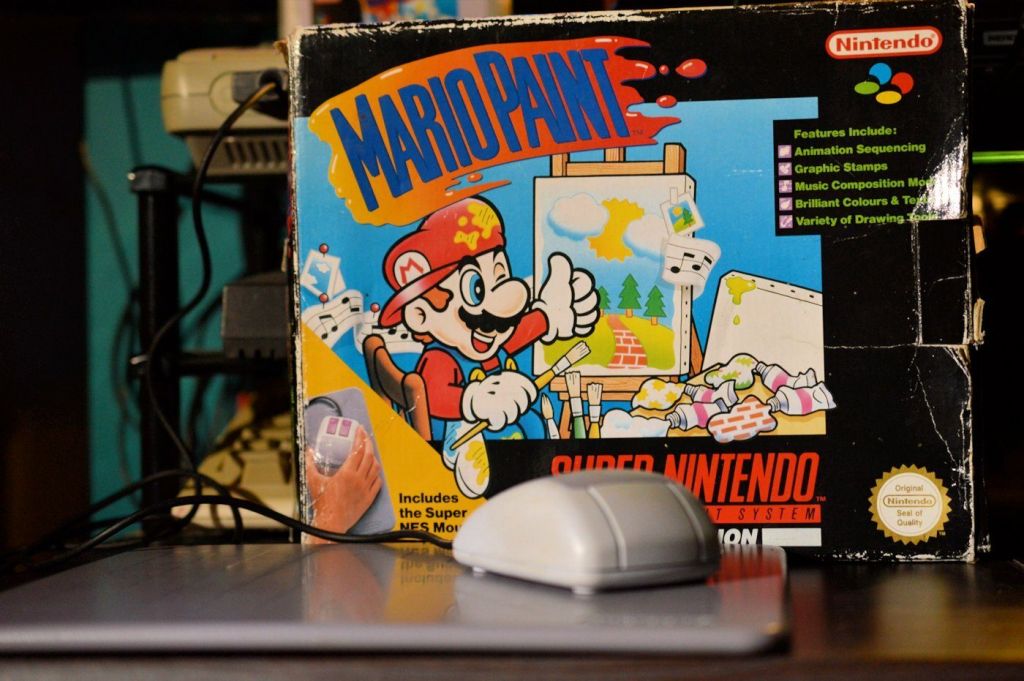
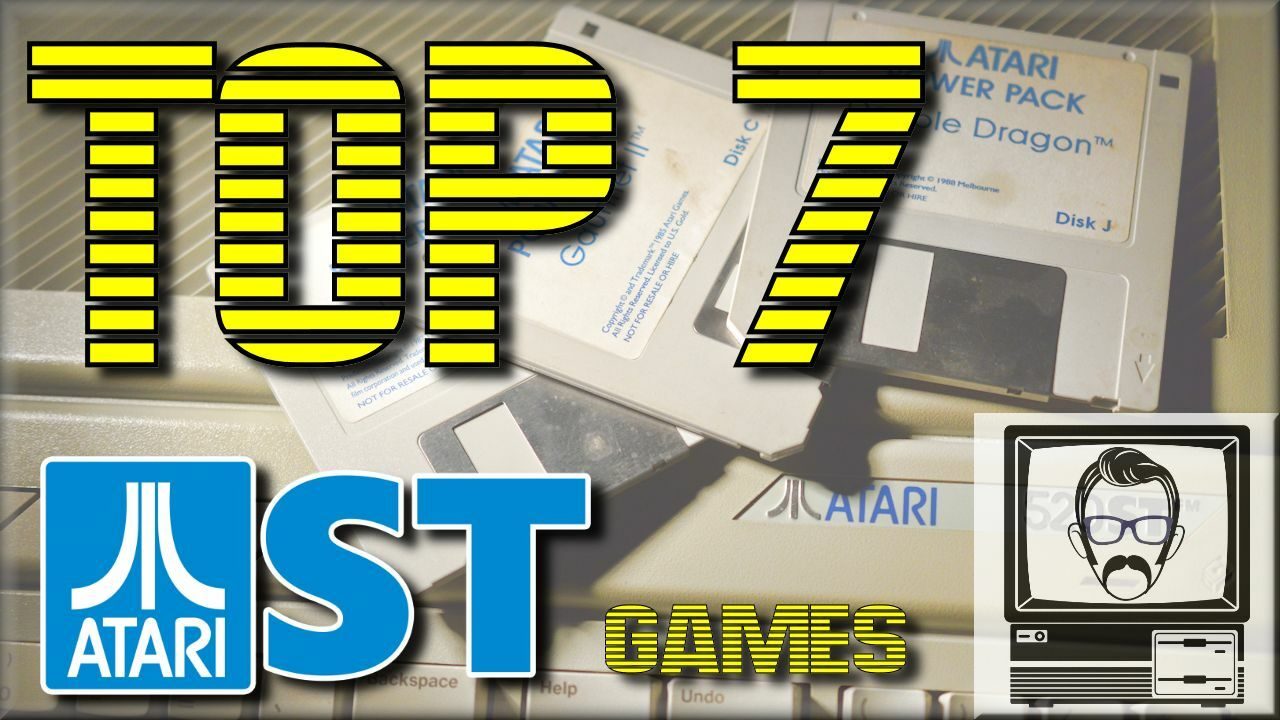
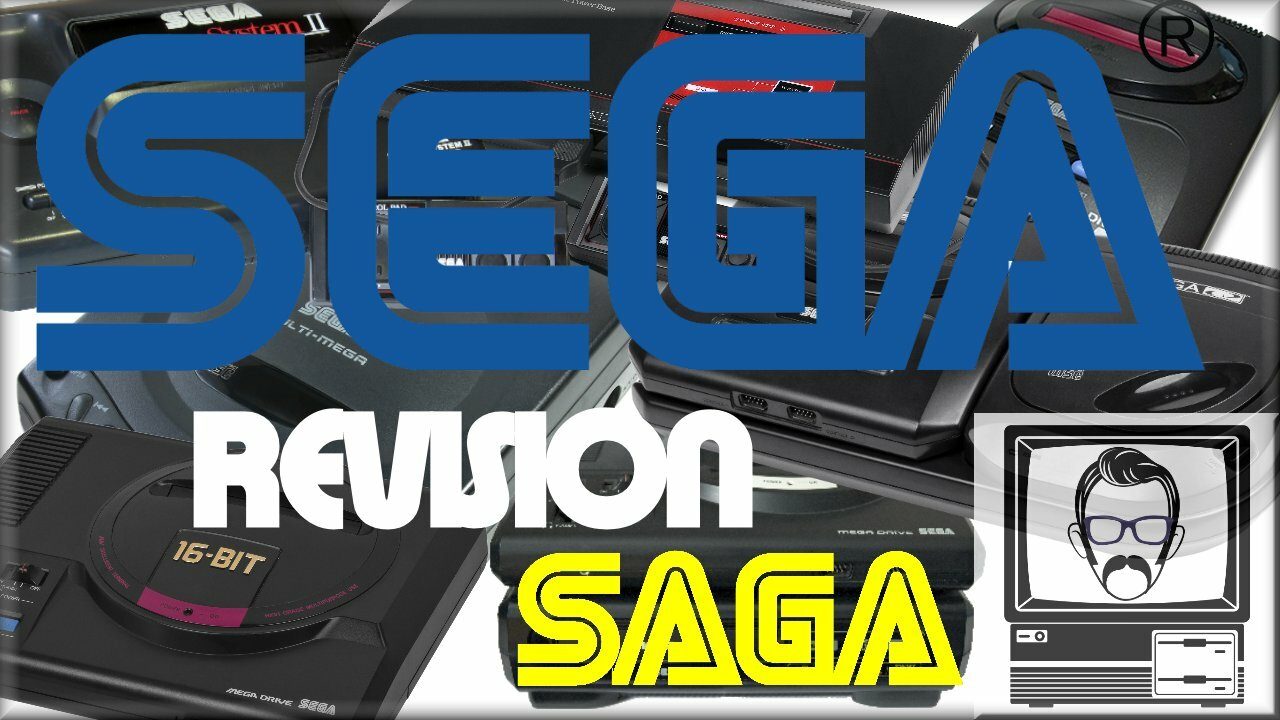
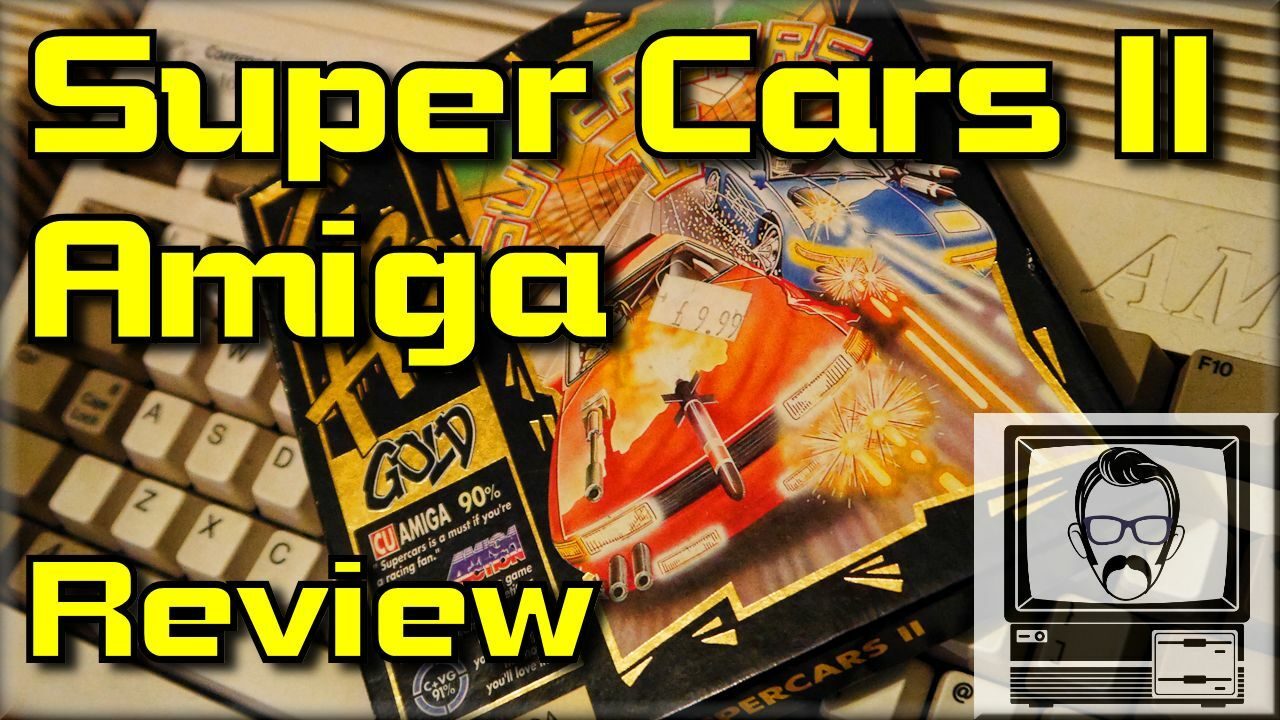
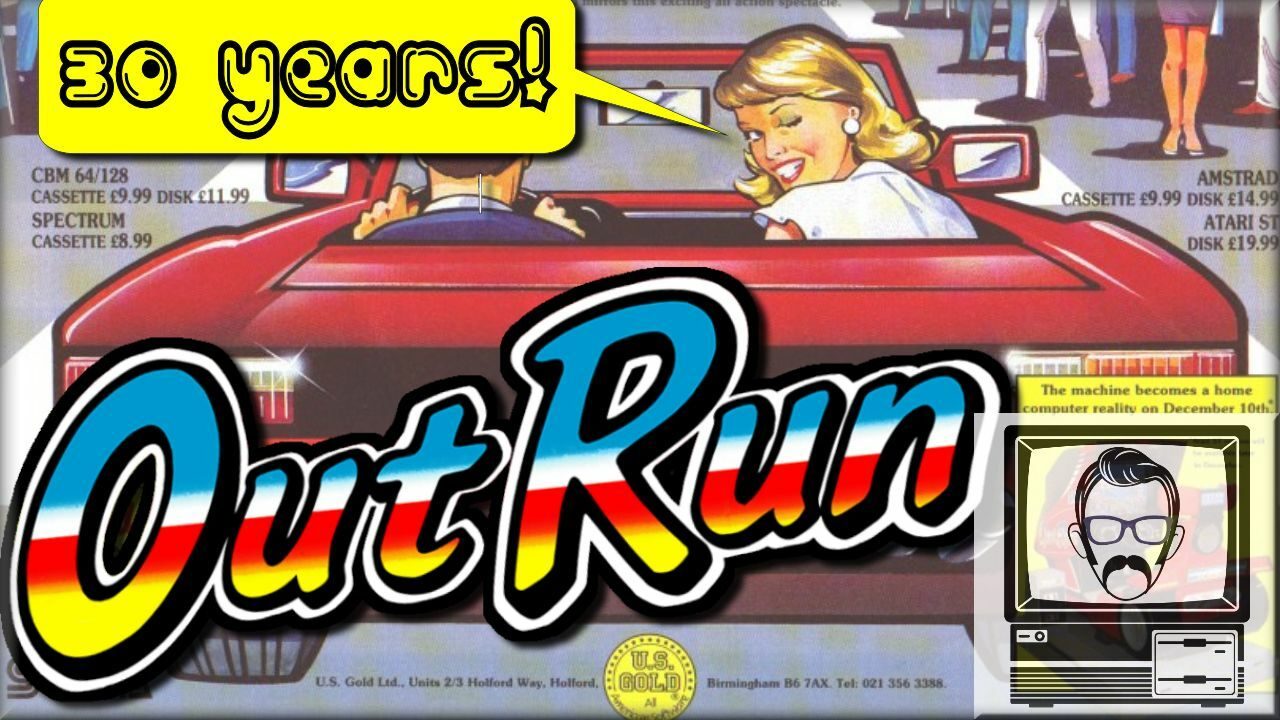
1 Comment
Add Yours →Hello,
I stumbled upon your post and was hoping you could help find a game I once played. It was like magic artist, similar layout and all, except the tools were slightly different, this game I played had a coral sponge in it that made colour disappear I believe or something of the sort, magic artist doesn’t have this sponge and I can’t seem to locate anything of the likes on the net, any help would be much appreciate.